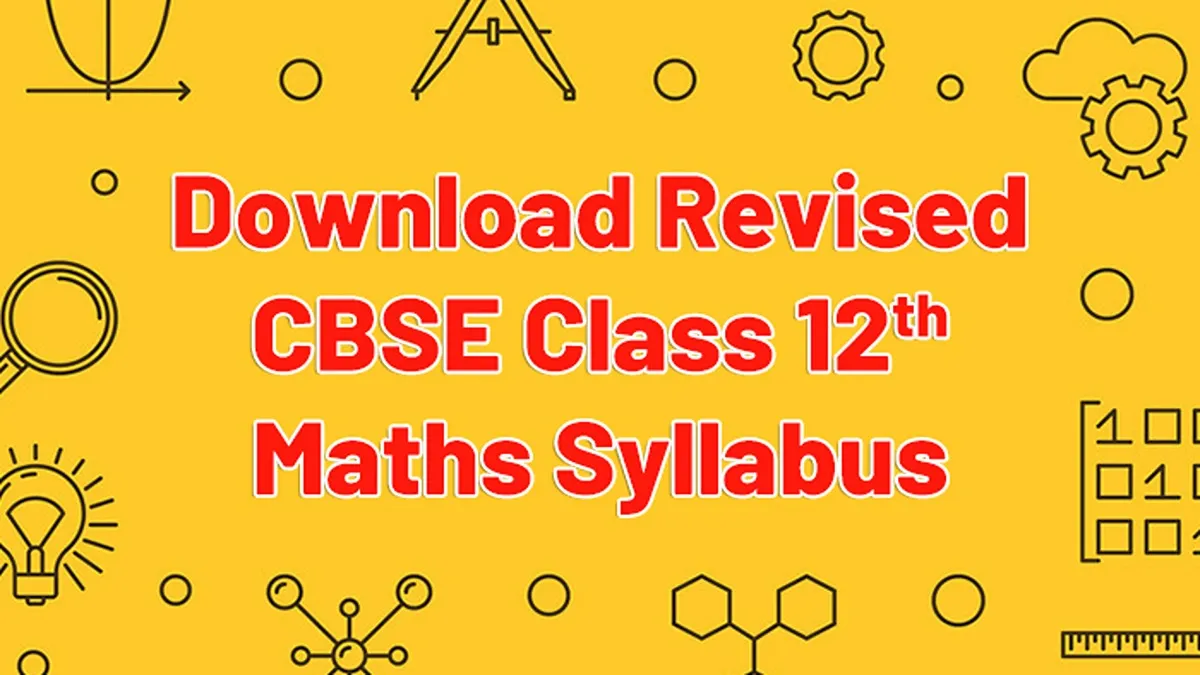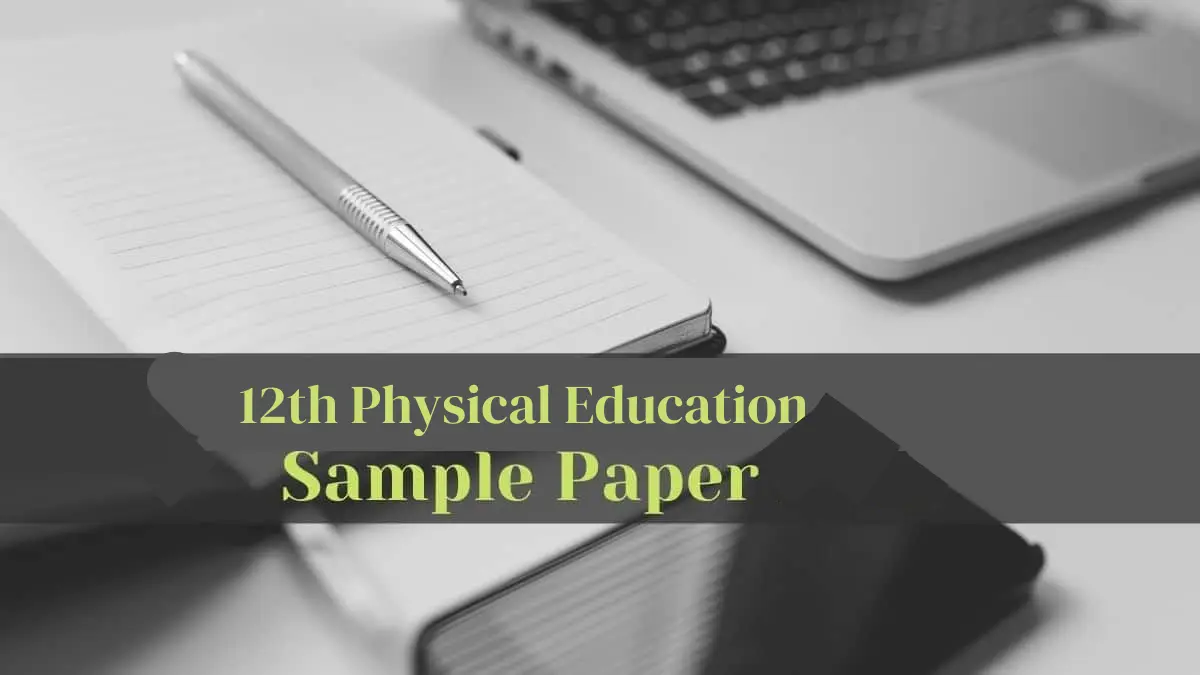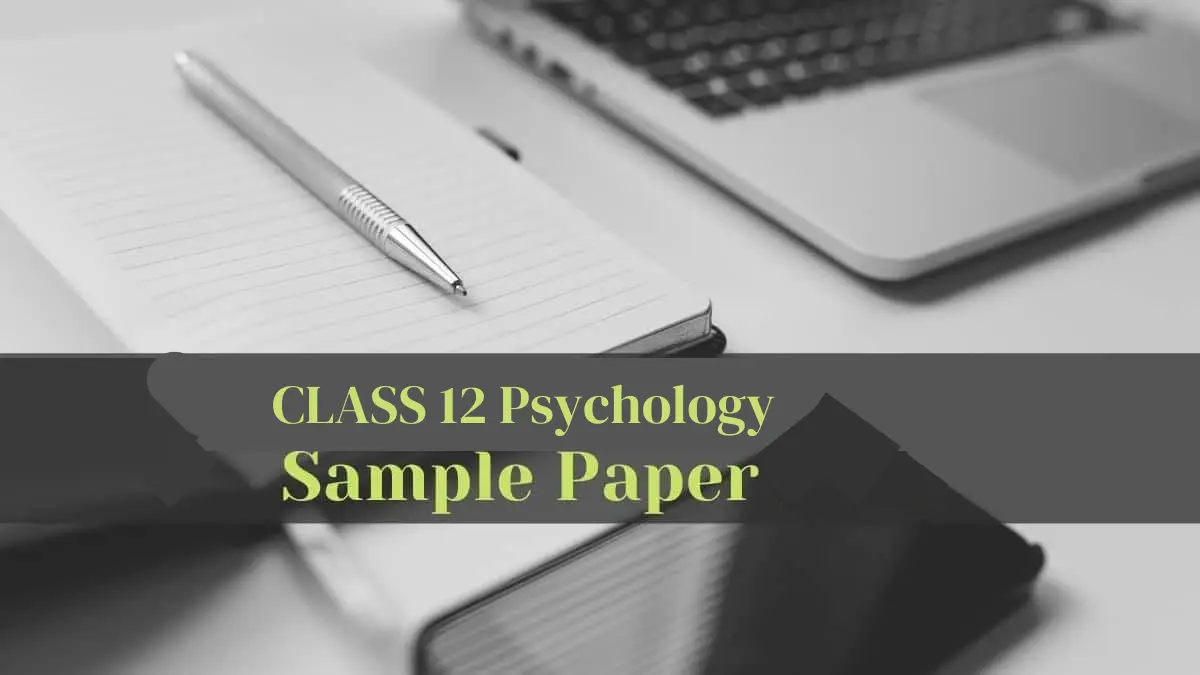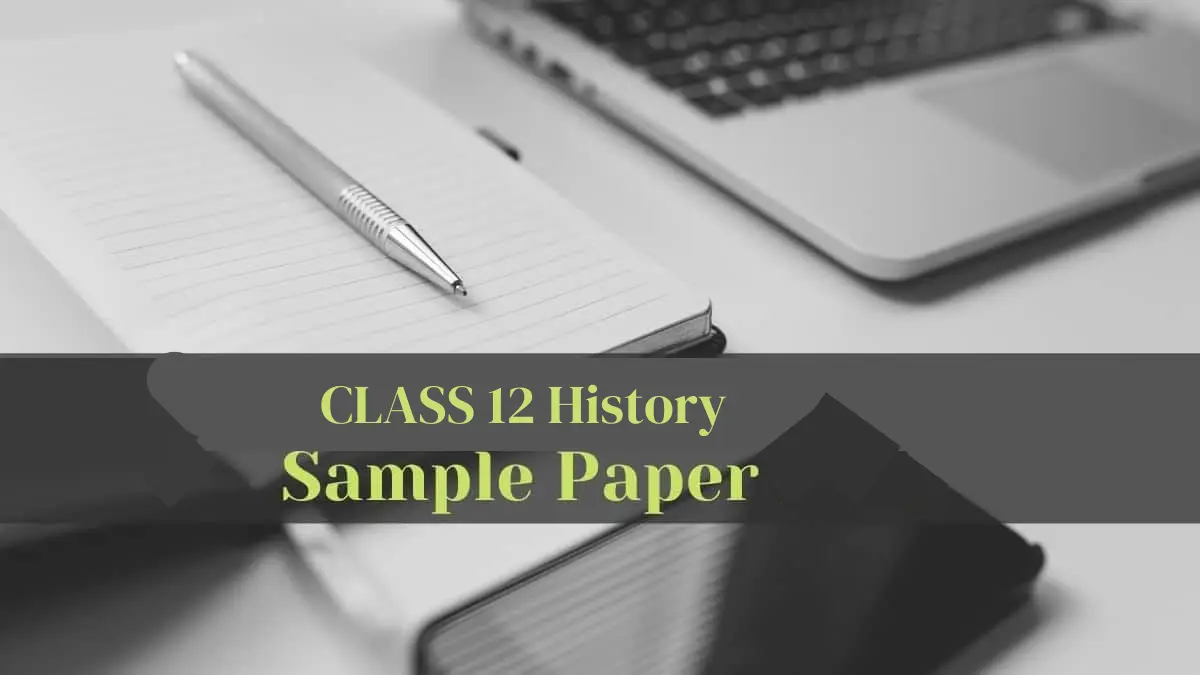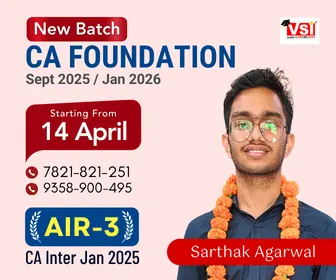Mathematics is an important subject for class 12 students. Even though it is an optional subject, those who have selected it should give extra time to it. The CBSE Class 12 Maths Syllabus is very vast and covers topics in detail. It also helps in further studies of professional courses such as Chartered Accountancy and others.
CBSE has released the new syllabus for class 12 for the 2023-24 session. You must refer to the revised syllabus before starting your exam preparation.
You can download the Revised CBSE Class 12 Maths Syllabus 2023-24 PDF files, marking scheme, and list of deleted topics. The links are available below.
CA Wizard is the best resource portal for class 12th students. We share information on CBSE class 12th study resources, announcements, and career guidance after the 12th. While you are preparing for the class 12th board exams, we help you set the right career path through the CA course. You can know everything about becoming a Chartered Accountant and CA as a career through CA Wizard.
Download CBSE Class 12 Maths Syllabus 2023-24
Marking Structure of CBSE Class 12 Maths Syllabus
We have shared the marking scheme shared by CBSE for the Class 12th Syllabus of Mathematics. Following this marking scheme will help you in exam preparation. You can determine which chapters are important from the exam point of view.
| Unit | Title | Marks |
| I | Relations and Functions | 8 |
| II | Algebra | 10 |
| III | Calculus | 35 |
| IV | Vectors and Three- Dimensional Geometry | 14 |
| V | Linear Programming | 5 |
| VI | Probability | 8 |
| Internal Assessment | 20 | |
| TOTAL MARKS | 100 |
| Internal Assessment | Marks |
| Periodic Tests (Best 2 out of 3 tests conducted) | 10 |
| Mathematics Activities | 10 |
| Total | 20 |
See the complete activities lists for Maths internal assessments on our detailed Practical Guide for CBSE Students.
CBSE Class 12 Maths Syllabus 2023-24
Unit 1: Relations and Functions |
1. Relations and Functions Types of relations: reflexive, symmetric, transitive and equivalence relations. One to one and onto functions. |
2. Inverse Trigonometric Functions Definition, range, domain, principal value branch. Graphs of inverse trigonometric functions. |
Unit-II: Algebra |
1. Matrices Concept, notation, order, equality, types of matrices, zero and identity matrix, transpose of a matrix, symmetric and skew symmetric matrices. Operation on matrices: Addition and multiplication and multiplication with a scalar. Simple properties of addition, multiplication and scalar multiplication. On- commutativity of multiplication of matrices and existence of non-zero matrices whose product is the zero matrix (restrict to square matrices of order 2). Invertible matrices and proof of the uniqueness of inverse, if it exists; (Here all matrices will have real entries). |
2. Determinants Determinant of a square matrix (up to 3 x 3 matrices), minors, co-factors and applications of determinants in finding the area of a triangle. Adjoint and inverse of a square matrix. Consistency, inconsistency and number of solutions of system of linear equations by examples, solving system of linear equations in two or three variables (having unique solution) using inverse of a matrix. |
Unit-III: Calculus |
1. Continuity and Differentiability Continuity and differentiability, chain rule, derivative of inverse trigonometric functions, like sin−1 x , cos−1 x and tan−1 x, derivative of implicit functions. Concept of exponential and logarithmic functions. Derivatives of logarithmic and exponential functions. Logarithmic differentiation, derivative of functions expressed in parametric forms. Second order derivatives. |
2. Applications of Derivatives Applications of derivatives: rate of change of bodies, increasing/decreasing functions, maxima and minima (first derivative test motivated geometrically and second derivative test given as a provable tool). Simple problems (that illustrate basic principles and understanding of the subject as well as real-life situations). |
3. Integrals Integration as inverse process of differentiation. Integration of a variety of functions by substitution, by partial fractions and by parts, Evaluation of simple integrals of the following types and problems based on them. Fundamental Theorem of Calculus (without proof). Basic properties of definite integrals and evaluation of definite integrals. |
4. Applications of the Integrals Applications in finding the area under simple curves, especially lines, circles/ parabolas/ellipses (in standard form only) |
5. Differential Equations Definition, order and degree, general and particular solutions of a differential equation. Solution of differential equations by method of separation of variables, solutions of homogeneous differential equations of first order and first degree. |
Unit-IV: Vectors and Three-Dimensional Geometry |
1. Vectors Vectors and scalars, magnitude and direction of a vector. Direction cosines and direction ratios of a vector. Types of vectors (equal, unit, zero, parallel and collinear vectors), position vector of a point, negative of a vector, components of a vector, addition of vectors, multiplication of a vector by a scalar, position vector of a point dividing a line segment in a given ratio. Definition, Geometrical Interpretation, properties and application of scalar (dot) product of vectors, vector (cross) product of vectors. |
2. Three – dimensional Geometry Direction cosines and direction ratios of a line joining two points. Cartesian equation and vector equation of a line, skew lines, shortest distance between two lines. Angle between two lines. |
Unit-V: Linear Programming |
1. Linear Programming Introduction, related terminology such as constraints, objective function, optimization, graphical method of solution for problems in two variables, feasible and infeasible regions (bounded or unbounded),feasible and infeasible solutions, optimal feasible solutions (up to three non-trivial constraints). |
Unit-VI: Probability |
1. Probability Conditional probability, multiplication theorem on probability, independent events, total probability, Bayes’ theorem, Random variable and its probability distribution, mean of random variable. |
Prescribed Books
1) Mathematics Textbook for Class XI, NCERT Publications
2) Mathematics Part I – Textbook for Class XII, NCERT Publication
3) Mathematics Part II – Textbook for Class XII, NCERT Publication
4) Mathematics Exemplar Problem for Class XI, Published by NCERT
5) Mathematics Exemplar Problem for Class XII, Published by NCERT
6) Mathematics Lab Manual class XI, published by NCERT
7) Mathematics Lab Manual class XII, published by NCERT
Preparation Tips
Studying for the Maths exams without a proper action plan won’t take you anywhere. If you want to get good results in class 12 maths paper, you must follow a proper schedule.
Divide your CBSE Class 12 Maths Syllabus into small sections. Refer to the marking scheme given above to know which topics are more important. Set a timeline and then start preparing. Remember that you should only use NCERT books before moving to other reference books. Most of the Maths paper of CBSE is from the NCERT books only.
After completing the syllabus, use the sample papers given by CBSE. Simultaneously continue your revisions.
FAQs- CBSE Class 12 Maths Syllabus
Q1. What is the CBSE Class 12 Syllabus of Mathematics subject for 2023-24 ?
Ans:- CBSE Class 12 Syllabus 2023-24
Unit | Title |
I | Relations and Functions |
II | Algebra |
III | Calculus |
IV | Vectors and Three- Dimensional Geometry |
V | Linear Programming |
VI | Probability |
Q2. How many chapters are there in class 12 Maths Syllabus?
Ans:- There are 13 Chapters in Class 12 Maths Syllabus.
Q3. Is Class 12 Maths Difficult?
Ans:- As per students and teachers, the CBSE Class 12 maths exam was lengthy, difficult and tricky. Moreover, a teacher also said that couple of questions had multiple right answers.
Q4. Is is possible to study class 12 maths without 11th?
Ans:- Straight No, one can’t study 12th maths without 11th.


